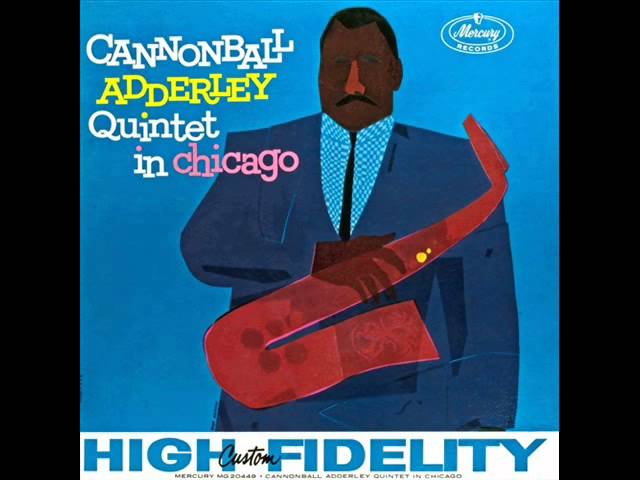Will there ever be a more recognizable and attractive alto sound than Cannonball with his King Super 20 and Meyer Bros alto mouthpiece? If you’re wanting setup details, Cannonball Adderley played a variety of King Super 20 saxophones over the years, and he played more than one mouthpiece, but most recognizably, it would be a ‘full pearls’ King Super 20 from the 50’s, particularly between serial 308xxx and 342xxx (the so-called Series II Super 20’s, though this naming is not really accurate). These have the ‘full pearls’ on side keys, palm keys, and G#, double socket, solid silver neck, and very good intonation. They are my favorite all-around alto saxophones, so I try to buy them whenever I can, and I try to keep a few in stock even though Selmers are still more popular. (People outside the USA have often never played a King, so I can’t blame them.) These early 50’s King Super 20’s are about 10x more rare than a 5-digit Selmer Mark VI, because King used its serial numbers for all its instruments – student saxophones, trumpets, trombones and everything is included in that serial range from 308k-342k. I estimate from watching gaps in saxophone serial numbers that only about 1/10 of King’s overall production was Super 20’s, meaning there are only around 3400 ‘series 2’ full pearls Super 20 saxophones that were made at best.
Luckily, on the mouthpiece front, there is now a modern mouthpiece that plays just like the sort of Meyer Bros that Cannonball played. The original Meyer Bros NY in a 4,5,6, or 7 tip opening have gotten too expensive for many players, but this mouthpiece really does play just like the one Cannonball used, and it is made of the best materials by the best mouthpiece maker in the world (himself a King Super 20 player), Ted Klum. Last tip is to use a softer than average reed with your Meyer and Super 20, to get that open, reedy, instant response that you hear in the video below, and on all of Cannon’s recordings. Then go practice. A lot!


Thank you for putting out this enlightening information on Cannonball Adderley’s set up and the wonderful recording. I live in the Chicago area so this recording really hit home. I wish I could’ve heard him live. I know Ted Klum and had him reface some mouthpieces years ago. I even went to his house and met his wife and son. I’ll have to look into his alto mouthpiece. Again I thank you for sharing your extensive saxophone knowledge.